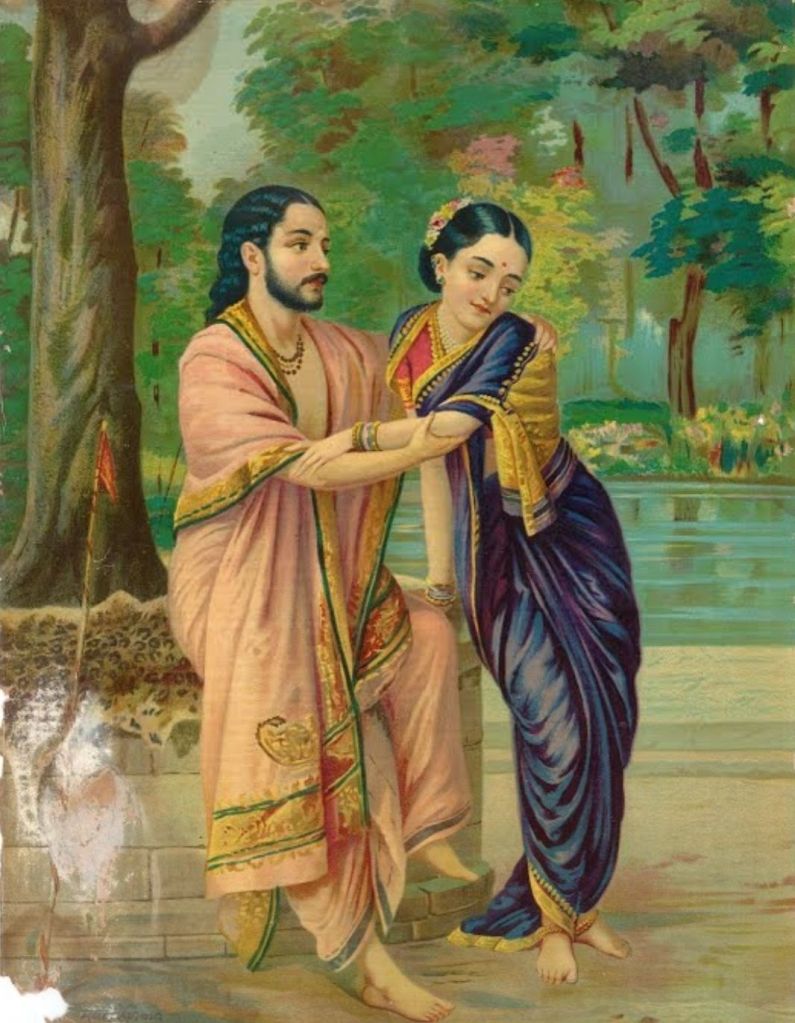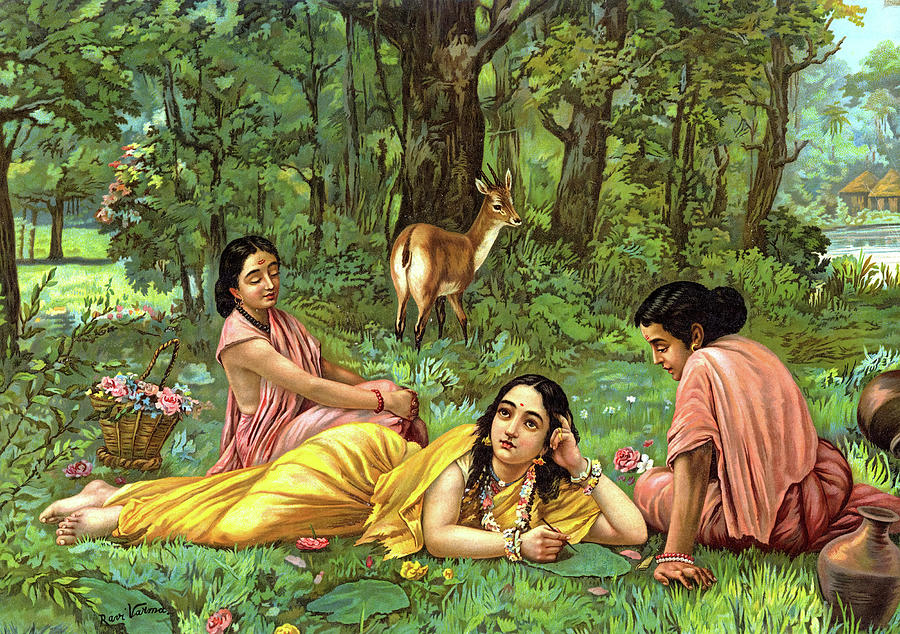What comes to your mind when you think of the Sanskrit language?
Perhaps your childhood when Sanskrit was just another subject (and a complicated one) at school? Or a forgotten melody of chants you heard at home or a temple? It might also conjure images of dusty scrolls and stern-faced priests, especially if you’re from outside India.
That’s generally the impression when one thinks of Sanskrit. The language seems to be coming straight from the heavens, too divine for the likes of us to express mere mortal romances. But, what if I told you it also has a rich tradition of love poems, whispered for over two millennia?
Actually, that’s not my idea–this is what I learnt when I got hold of this recently published book called How to Love in Sanskrit.

What’s in the book?
All the love that you’d find in Sanskrit poetry. It’s like a treasure map leading you through a range of emotions that make love the universal language. Just like any great literature, Sanskrit poems don’t shy away from portraying love’s extremes.
On one end of the spectrum lies the cruel hand of fate, separating star-crossed lovers like Nala and Damayanti from the Mahabharata. But then, it’s also about ecstatic love making (Remember we learnt about different kinds of kissing in Kamasutra?).
The playful sensuality depicted in Kalidasa’s epic poem “Meghaduta” is one of my favourites. Here, a lovelorn Yaksha pours his heart out to a cloud messenger, describing in great detail the beauty of his wife and the unbearable ache of their separation. It’s a masterclass in expressing the intoxicating emotion of desire.
Sanskrit celebrates the all-consuming power of yearning. That deep, soul-stirring longing that grabs you by the throat, throws you into a whirlwind of emotions, and leaves you breathless. You might know this feeling if you’ve ever been in love. But if you don’t, I will just quote a Sanskrit poet, “If there’s no yearning, is it truly love?”

Now, if you’re in the mood, let’s read a few romantic verses from the book. These verses capture the playful expression of desire; in other words, flirting.
Dimples
After creating her
God must have
gazed at his work admiringly
holding her hands
thumb on each cheek.
That’s how she got
her two perfect dimples.
Deeds of Nishadha King, Shriharsha, 1100 CE
Can’t Take My Eyes Off You
On whatever bit of her
the gaze first lands,
there it stays pinned.
No one knows her
in all her loveliness.
Seven Hundred Gahas, 100 CE
Subtle Compliments
Busy in the kitchen,
she brushed a sooty hand
across her face
and her husband grinned:
‘Now your face looks like the moon.’
Seven Hundred Gahas, 100 CE
Miss Universe
The long bindi
painted on her forehead
pointing straight up to heaven
is the Love God’s arrow
that he mounts
on the arched bow of her brows.
Earth has been won already.
Heaven must be next.
What Navasahasanka Did, Padmagupta, 1000 CE
Never Too Much
You’ve kissed her a hundred times
but kiss her again.
You’ve hugged him a thousand times
but hug him again.
You have made love, of course
but do it again.
Only in love
is excess a virtue.
Light on Suggestion, 800 CE
There is no dearth of romance, right?
So, the next time you encounter Sanskrit, don’t dismiss it as a relic of the past. Its romantic verses are as fresh as your youthful desire for your beloved.
